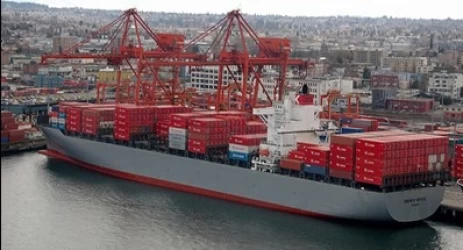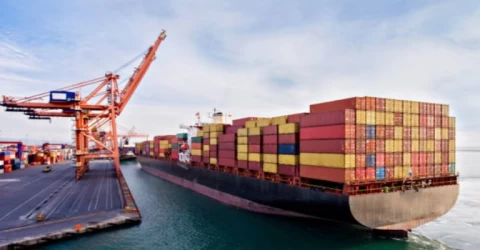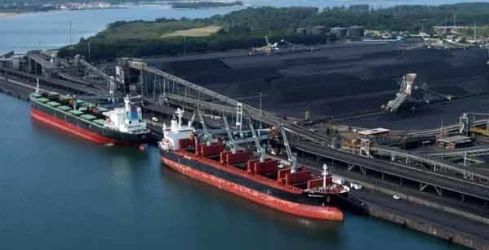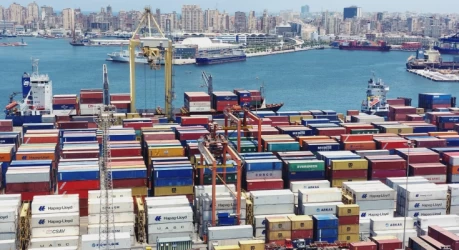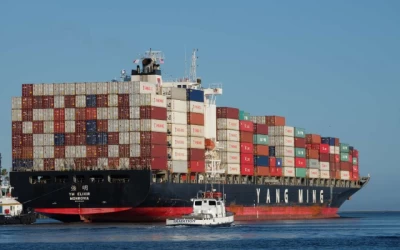Sea Freight in the Port of Adelaide
The Port of Adelaide, located in South Australia, is a pivotal hub for sea freight, playing a crucial role in both national and international trade. This port, situated approximately 14 kilometers northwest of Adelaide on the Port River, is a major cargo handling center in Australia.
Historical Significance
The Port of Adelaide has a rich history dating back to the early 19th century. Established in 1837, it has evolved from a modest port into a modern facility equipped to handle a diverse range of cargo. Over the years, it has been instrumental in supporting the economic growth of South Australia by facilitating the export of agricultural products, minerals, and manufactured goods.
Infrastructure and Facilities
The port comprises two main sections: the Inner Harbour and the Outer Harbour.
- Inner Harbour: This area is equipped with modern facilities for the import of timber, refined petroleum, sulphur, fertilizer, paper products, iron and steel, and motor vehicles. It handles roll-on/roll-off and bulk cargoes, including meat, grains, fruit, wool, malt, soda ash, cement clinker, iron and steel scrap, non-ferrous metals, tallow, and a wide range of manufactured goods.
- Outer Harbour: The Outer Harbour contains intermodal facilities that integrate the container terminal with the country’s rail and road networks. It has six berths equipped to handle specialized cargoes, including motor vehicles, roll-on/roll-off and general cargo, and livestock. The container terminal in the Outer Harbour is a state-of-the-art facility covering 23 hectares, with warehouse space of 3000 square meters on dock. It is capable of handling 250,000 lifts per year at a quay of 510 meters.
Cargo Handling and Trade Routes
The Port of Adelaide handles approximately 9.72 million tons of cargo and 219,000 TEU (twenty-foot equivalent units) annually. The main imports include timber, phosphate rock, sulphur, refined petroleum, limestone, super phosphates, paper and paper products, textile yarns and fabric, iron and steel, and motor vehicles and parts. The principal exports are livestock, meat, wheat, barley, wine, malt, fruit, wool, cement clinker, iron and steel scrap, tallow, and non-ferrous metals.
The port serves as a critical link in global trade routes, connecting Australia to markets in Asia, Europe, North America, and beyond. Regular shipping services operate between Adelaide and major international ports, ensuring the efficient movement of goods.
Economic Impact
The economic impact of the Port of Adelaide extends beyond the immediate region. It supports a wide range of industries, including agriculture, mining, manufacturing, and retail. By providing a reliable and efficient gateway for exports and imports, the port contributes significantly to the economic prosperity of South Australia and the nation as a whole.
Environmental and Sustainability Initiatives
In recent years, the Port of Adelaide has implemented several initiatives to enhance environmental sustainability. These include measures to reduce emissions, improve waste management, and protect marine ecosystems. The port is committed to adopting best practices in environmental management to ensure that its operations have minimal impact on the surrounding environment.
Future Developments
Looking ahead, the Port of Adelaide is poised for further growth and development. Plans are in place to expand its capacity and enhance its infrastructure to meet the increasing demands of global trade. Investments in technology and innovation will play a key role in maintaining the port’s competitive edge and ensuring its continued success in the years to come.
Conclusion
The Port of Adelaide stands as a testament to the importance of sea freight in facilitating global trade. With its strategic location, modern facilities, and commitment to sustainability, it continues to be a vital asset for South Australia and the broader international trading community. As it evolves to meet future challenges, the port will undoubtedly remain a cornerstone of economic activity and a gateway to the world.
If you have any specific questions or need more detailed information about a particular aspect of the Port of Adelaide, feel free to ask!







